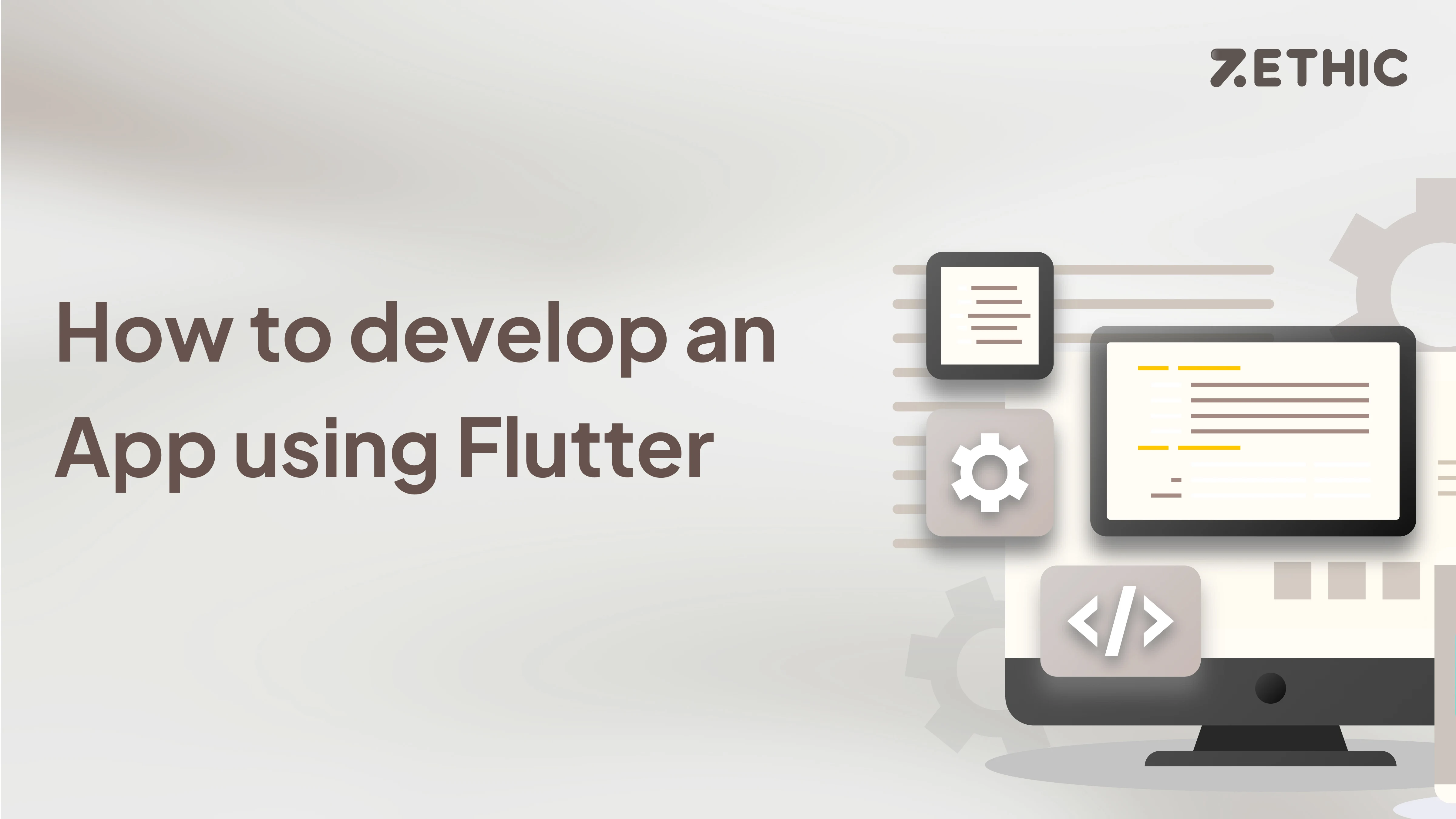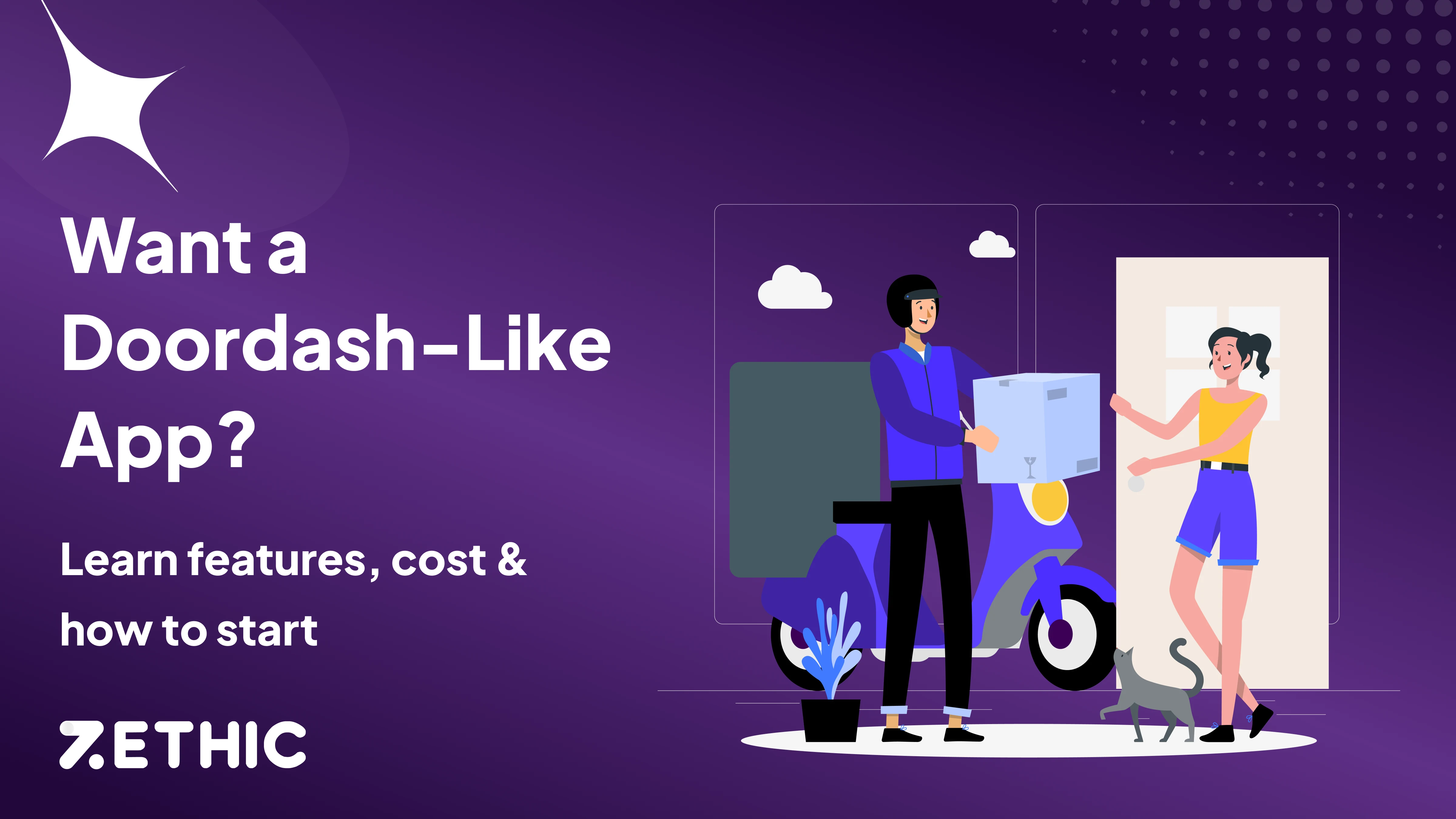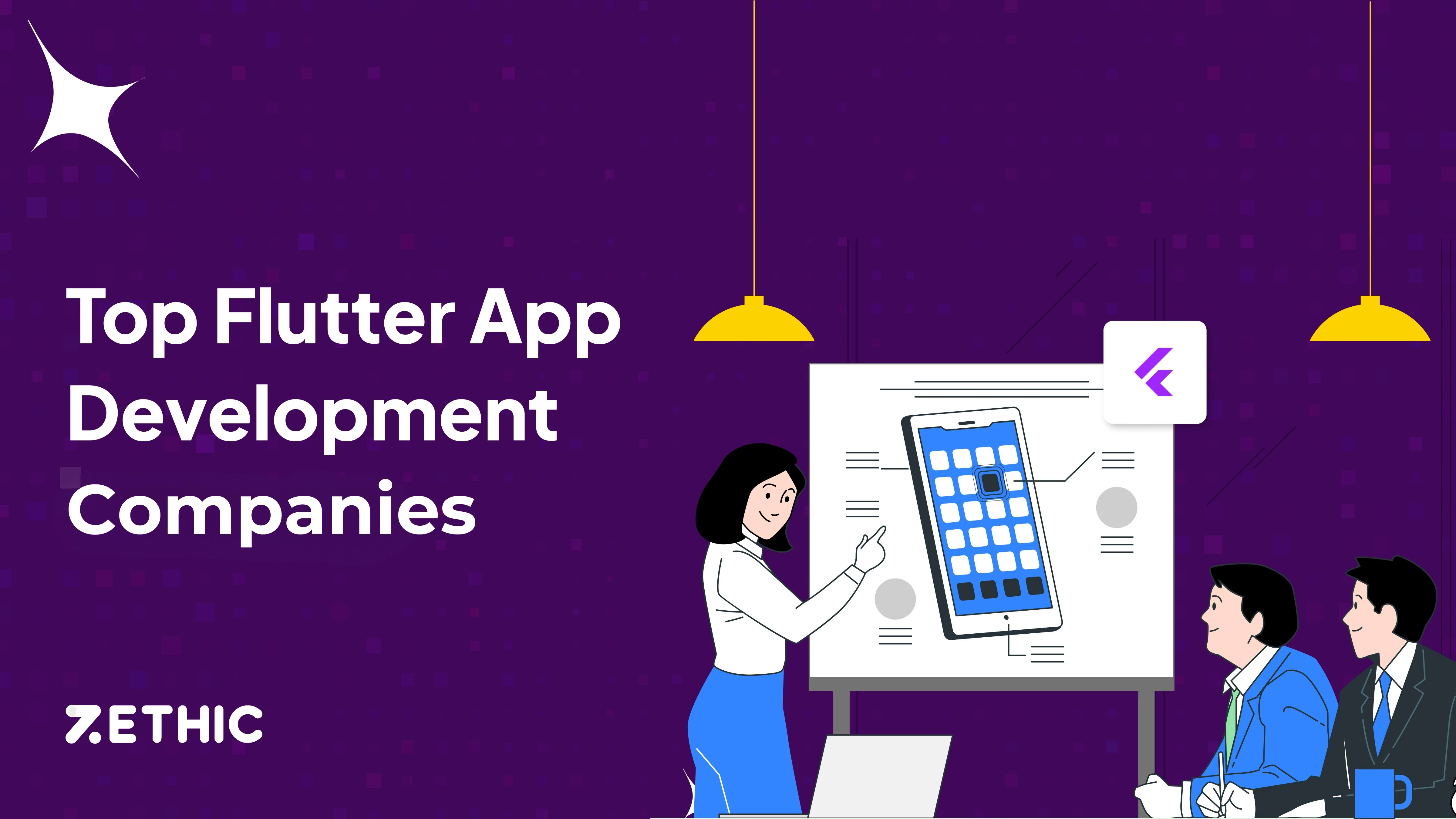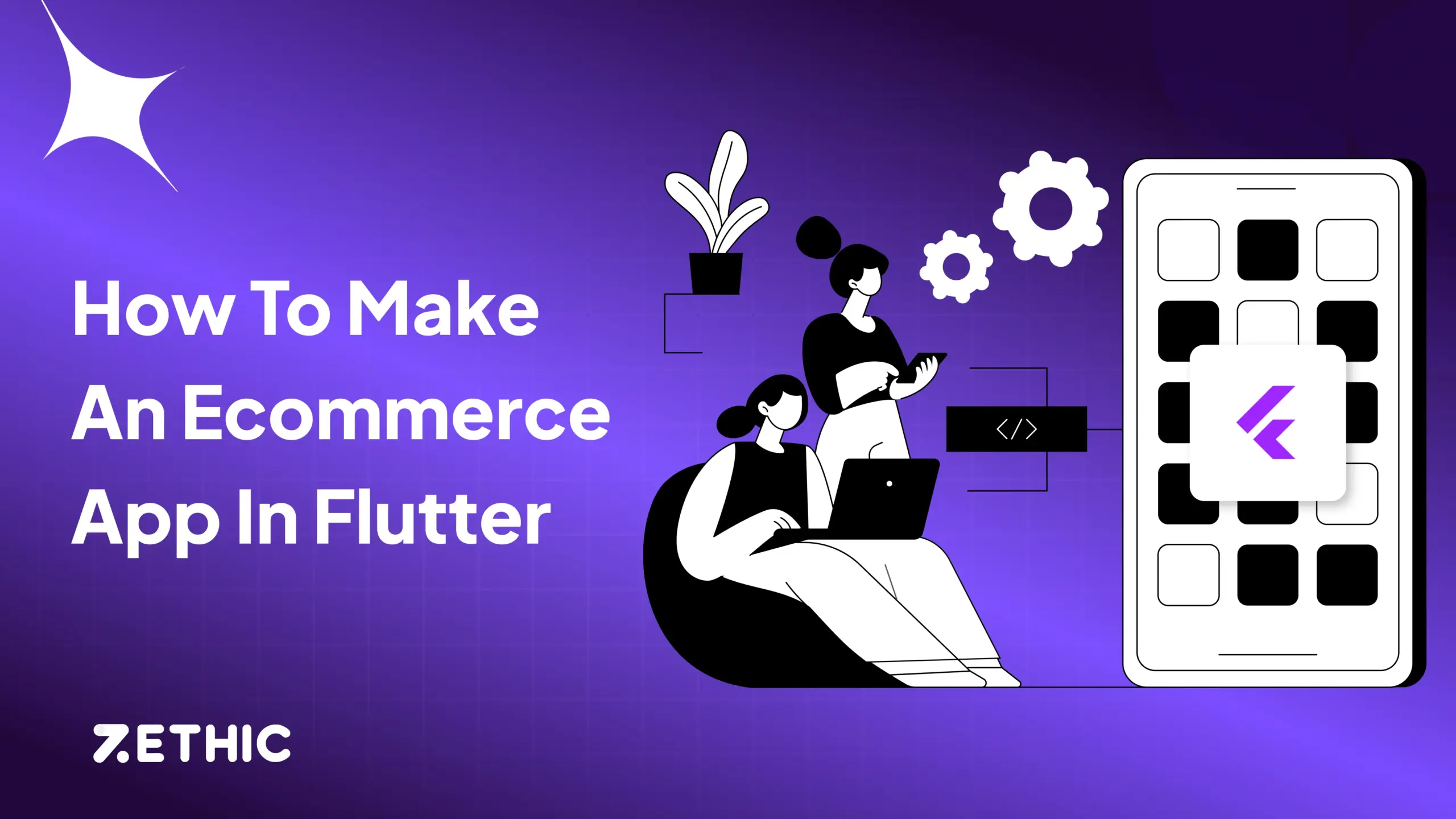Building an app can feel like a long road, but choosing the right tech and the right approach can make all the difference. Flutter, Google’s open-source framework, has become a popular option for developing mobile apps for iOS and Android using a single codebase. It’s fast, flexible, and makes it easier to build apps that look and feel great on every device.
At Zethic, Flutter has been part of our toolkit for everything from MVPs to full-scale business applications. Here’s how the development process typically works and what sets the experience apart when you work with a team that understands the nuances of both design and engineering.
Why Use Flutter for App Development?
Flutter enables faster development with a single codebase for both Android and iOS. Its rich widget library, hot reload feature, and native-like performance make it ideal for startups and enterprises alike. Developers love its flexibility, while businesses benefit from reduced costs and quicker time-to-market.
How apps are developed on Flutter?
1. Understanding the Requirements
Before a single line of code is written, the team sits down to clarify the app’s purpose, who it’s for, and what features it needs. This helps avoid scope creep later and keeps the development focused on what actually matters.
2. Designing the Experience
Using Flutter’s flexible UI system, the design team creates wireframes and interactive prototypes. This isn’t just about making things look good—it’s about making the app intuitive and easy to use.
3. Setting Up the Environment
Flutter uses Dart, a simple and powerful language. Development usually starts in IDEs like Android Studio or VS Code, with hot reload helping speed up design changes and bug fixes.
4. Building in Phases
The app is developed in modules—building, testing, and refining each feature individually before it’s integrated into the larger app. This keeps things clean and manageable.
5. Backend Integration
Whether it’s Firebase or a custom API, Flutter works well with most backend systems. The development team connects these services based on what the app needs.
6. Testing Across Devices
Real testing involves more than just finding bugs. Teams test the app across various devices and screen sizes to ensure consistent performance.
7. Launch and Support
Once everything has been tested and reviewed, it’s time to prepare for deployment. Flutter makes it easy to generate builds for both Android and iOS. The app is packaged, reviewed according to platform guidelines, and submitted to the respective app stores.
This is also when final analytics tools and crash reporting tools are integrated to monitor post-launch performance.
The launch is only the beginning. Every app needs maintenance—whether it’s updates for new OS versions, security patches, or improvements based on user feedback.
Teams like Zethic typically stay involved after launch to provide support, optimize performance, and roll out new features as the app grows.
Flutter Development with Zethic vs. Other Companies
| Key Areas | Zethic Approach | Common Practice Elsewhere |
| Requirement Gathering | Hands-on sessions with a clear documentation process | Often limited to basic forms or templates |
| UI/UX Design | Designed with Flutter in mind, tested early | UI decisions made late in the process |
| Code Structure | Modular and maintainable | Monolithic, harder to scale |
| Testing | Multi-device, manual + automated testing | Limited testing, often on few devices |
| Post-Launch Involvement | Ongoing support and feature rollouts | Stops at app delivery |
| Communication Style | Collaborative, transparent, and regular | Often limited to updates at milestones |
How much does Flutter App Cost?
Average Flutter app development costs in India range from ₹3–15 Lakh, depending on complexity, integrations, and UI design. Here detailed flutter app development cost breakdown blog.
Conclusion
Whether you’re building something new or refreshing an old app, Flutter provides the tools to get it done with fewer compromises. But the framework is just one part of the process.
The real impact comes from how well the design, development, and rollout are handled—something we at Zethic focus on from day one.
If you’re exploring Flutter as your next step, start with clarity. Define what the app needs to do, and make sure your development partner values simplicity, structure, and thoughtful design as much as you do.
Which programming language is used in Flutter?
Flutter uses Dart, a modern, object-oriented language designed by Google for fast performance, ahead-of-time compilation, and seamless UI creation.
Is Flutter good for app development?
Yes. Flutter enables cross-platform development with a single codebase, delivering native-like performance, hot reload, rich widgets, and faster time-to-market.






